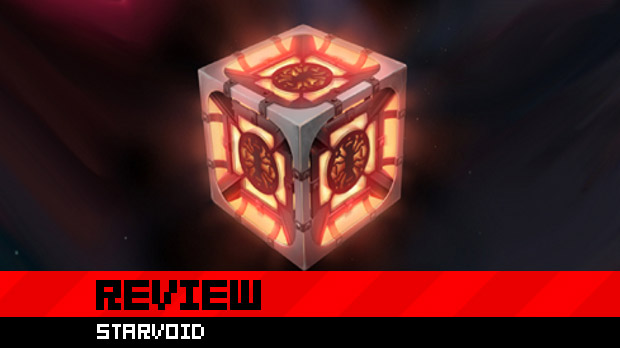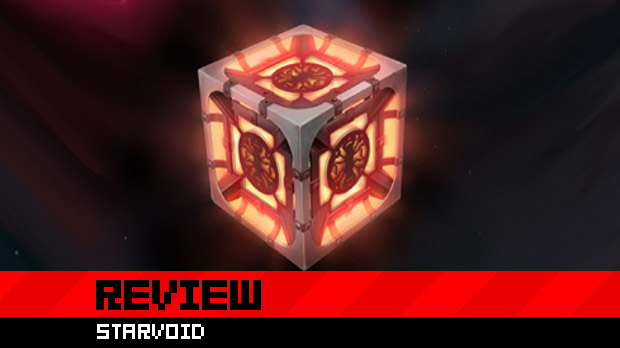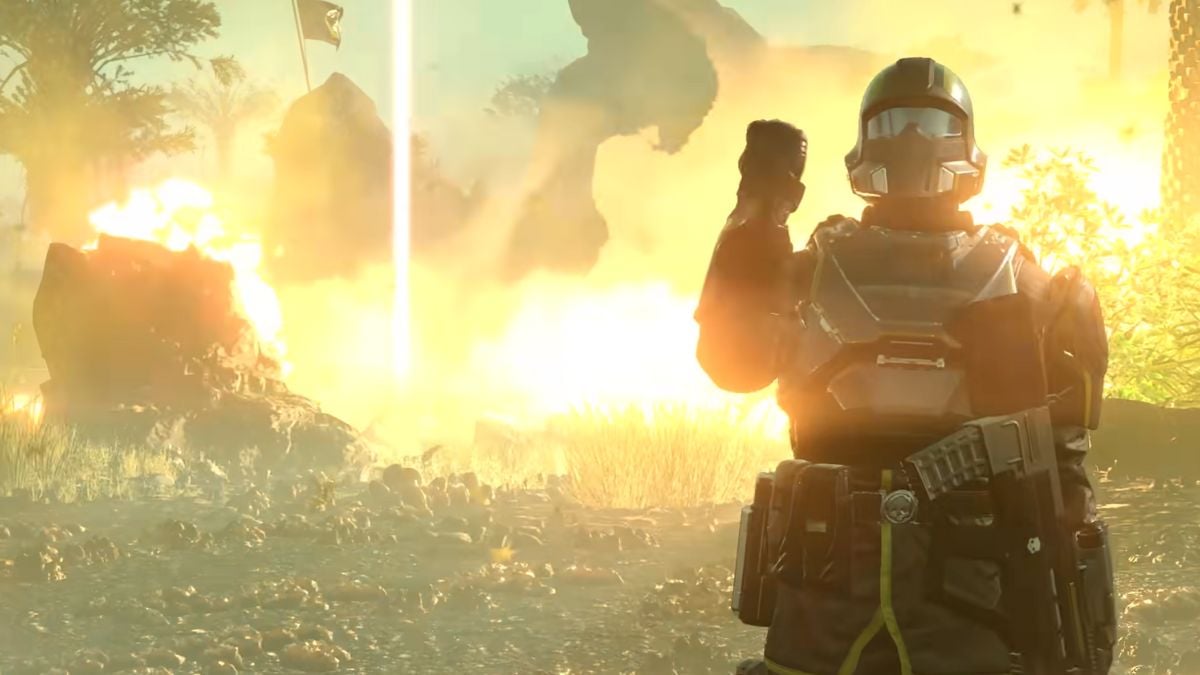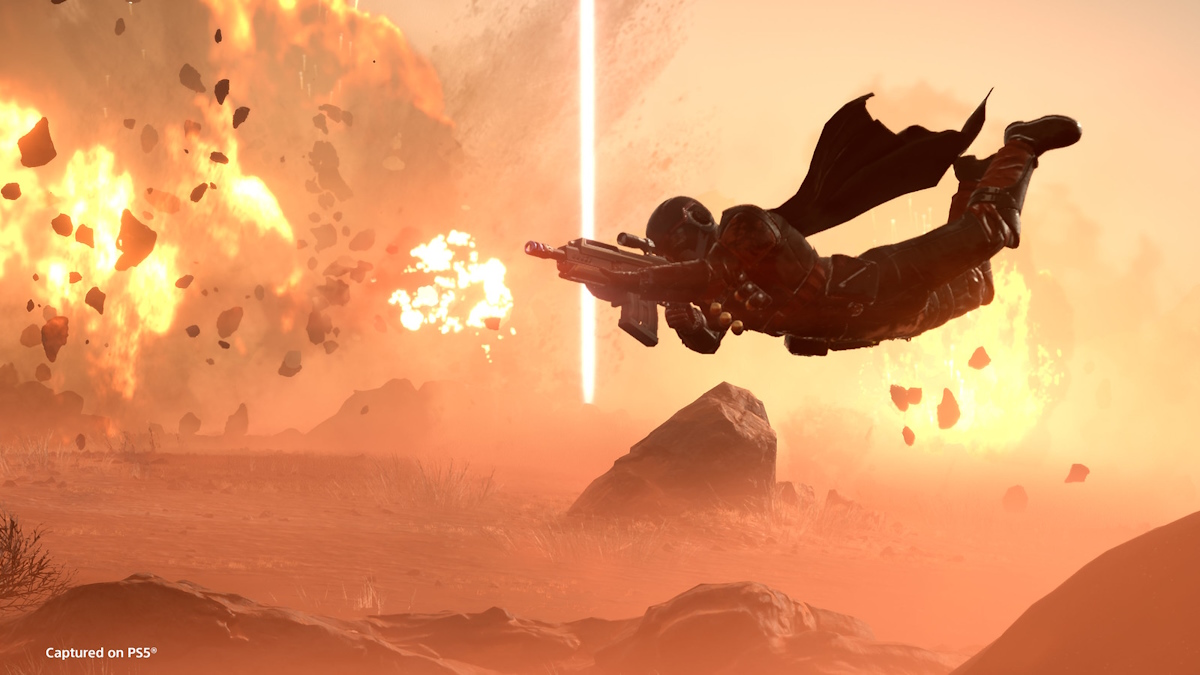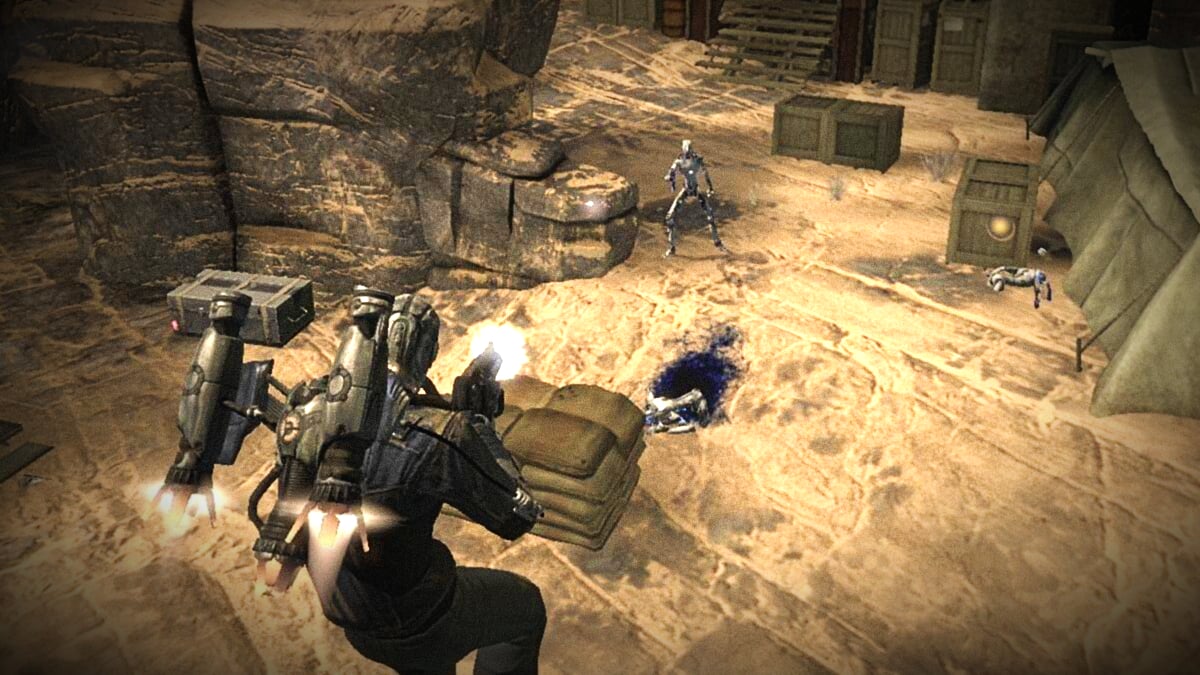The problem with being a wee bit lazy is that tasks mount up like an ever-increasing pile of responsibility; the result is that I frequently find myself rather busy. The long-term investment required to get the most out of the majority of multiplayer strategy affairs means that I often find myself unable to get into the more competitive side of one of my favorite genres.
Starvoid, the multiplayer real-time strategy game from Zeal and Paradox, promised a cure for my situation. It featured short, fast-paced battles, very little faffing unless you wanted to, and a vast array of upgrades and class builds for those looking to really get stuck in.
On the surface it looks a bit like a mash-up of StarCraft II, Dawn of War 2, and League of Legends, though the inevitable comparisons to the latter are superficial at best. Given its peers — or rather, the competition — it may not be the easiest sell, yet it has a lot to offer.

Starvoid (PC)
Developer: Zeal Game Studios
Publisher: Paradox Interactive
Release Date: August 30, 2012
MSRP: $9.99
Starvoid is a game of outright conflict. There’s no base building, resource gathering, diplomacy, or research in the dust-covered, industrial battlefields where the title’s colorful classes clash. I like building a big base and covering it in turrets as much as the next man (if he’s an engineer), but sometimes I just want to rush into battle and cause a bit of havoc, and that’s what every match in Starvoid is like.
In lieu of a base, players control a commander — a tough, versatile unit which can spawn robotic allies and utilize special abilities. Commanders come in a variety of flavors: assault, engineer, infiltration, and ordnance, and while all of the classes are familiar, they can be upgraded in a way that changes their function entirely. The assault class is a close-range combat unit; the engineer likes his buffs and heals; the infiltration commander is a stealth assassin, hunting foes from far away and vanishing in the blink of an eye; and the ordnance class is built around using heavy artillery and bombarding foes from safety.
My preference was the assault commander, and for most of my matches I played him like a tank, running up to my foes and smashing them with my oversized hammer. Yet a trip to the armory to rebuild him left me with a very different unit — one with a solution to a major issue I was having. You see, whenever enemies would see me running at them yelling like a maniac, they fled, and rightly so.
Usually their goal was to reach their spawn area, their base I suppose, where permanent cannons would destroy me in seconds. With my rebuilt commander, this problem became a boon, as I was now using a sword which did extra damage from behind. So these fleeing foes would be bringing about their demise all the more quickly.

Unlike MOBA titles, Starvoid’s commanders are not the main focus of the game. They may have a wide range of helpful abilities, but essentially they are mobile bases, spawning the meat of your forces: hordes of angry robots and massive vehicles, all controlled by the player. Players can command massive tanks, intimidating artillery, lumbering robotic behemoths carrying shields, even a hideous robotic worm. Much like their commanders, these steel soldiers have general roles which they fill nicely, but they can be upgraded with new weapons, buffs, and even an extra unit (if they are a squad). They have two upgrade slots, but their choices are limited to the type of unit.
It’s actually a bit overwhelming when you go to tinker with your mechanical forces. There are so many routes one can take, an absolutely huge list of units and upgrades, and the whole time you have to take into account how they will work with your other units and the commander. I spent a great deal of time formulating strategies in the armory, preparing for my next encounter. Although it can be initially daunting, the fact that you can quickly test your build by jumping into a ten-minute match means that it’s easier to see what works and what doesn’t, and you won’t need to spend very long struggling if you’ve made a terrible mistake. So the deep customization and short match times actually work perfectly together.
Unfortunately, when it comes to the combat scenarios themselves, there’s a severe lack of variety. The game is shipping with three maps, and three game modes, with each mode being available on each map. There really needs to be more of both. The maps are all distinct enough at first, though they are ugly things devoid of memorable characteristics beyond tactical ones like narrow passes and natural battlefields, and they require suitably different ways of thinking to really take advantage of them — but they soon become a bit boring.

The three modes are, in descending order of awesomeness, Sabotage, Battle (really terribly named), and Team Deathmatch. Sabotage, my personal favorite, is all about risk versus reward. All the players in both teams start with ten bombs; they must make it to their enemies’ pit and lob their payload into it, destroying their precious resources. The thing is, each team starts off with a rather large stockpile, so losing 10 points doesn’t make much of a dent.
To make things interesting, players can collect more bombs by killing enemy players and stealing theirs. Of course, running around with 100 bombs makes you something of a target, and if you die, you lose them all and, worst of all, risk losing 100 points if your slayer makes it to your pit. It’s a mode rife with intense moments of shouting at monitors and I loved every second of it.
Battle, Starvoid’s core mode, is a little bit more bog standard. It’s up to ten minutes of capturing resource nodes and defending them. Really simple stuff, inappropriately named. However, the pacing of the match has been augmented by players only being allowed to capture nodes in a specific order. It’s usually only after you’ve captured a few points that you’ll end up competing with the enemy team, though this still happens quickly.
Team Deathmatch is just a crazy free for all. In every match I played, it was just a massive brawl near the centre of the map. Tactics seemed to fly out the window and the teams just faced off; it was like watching two armies just walking right up to each other, reminiscent of the bygone age of pitched battles on open fields and lots of very silly deaths. The quirk of this mode is that commanders respawn right in the middle of the battle, which led to nothing but frustration. The logic behind this was to remove the boring trudge back to the battle every time you die, but unfortunately this solution merely created more problems and made each battle feel static. I believe Zeal are planning on changing this, but I don’t know what it’s being replaced with.

The actual combat itself does go a long way to making the lack of maps and limited modes an easier pill to swallow. Straight away, players are able to use weapons and gear which would otherwise be locked to them for many levels (and until they had the appropriate funds gained through battle) via the pre-built contracts. These give players access to a commander with some pretty high-level equipment and robots, which makes those early battles all the more enjoyable as you already have so many toys to play with. You can build your own contract early on, however, but it will take some time to be able to construct something as powerful as the pre-built ones.
It’s very hard to tell how a slightly more experienced player is going to respond in combat. You can make an educated guess based on their weapon and their allies, but often they won’t even spawn the latter until the last moment, giving you little time to devise a good strategy. This really kept me on my toes, and actually led to me using my scout troops a lot more, seeking out foes and watching them fight from afar, before going in myself.
Team balancing can be a bit haphazard, and this was especially apparent in the beta when it was hard to get a 12v12 match, which all of the modes are made for. Essentially it all boils down to ganging up on the victorious player. In one instance, I ended up fighting against four enemy players while I was on my own, just because I’d won a 1v1 match and then a 2v1 match (where I was alone) just before. Given that the mode was all about capturing resource nodes, it was impossible to win. Similar situations happened a few times after this. It is worth noting, however, that losses are not recorded; all you’ll have is your bruised ego.

Finding matches during the final beta phase (using an almost identical code to the release version) was a bit of a chore, but not because of obstinate menus or anything like that. There was simply a real lack of players, which does worry me a bit about the game’s future player-base. When I finally got to play a decent chunk of match for the first time in weeks, I became a bit concerned with the game’s stability. I was playing with a few other reviewers, and we were frequently disconnecting mid battle, which would be frustrating on its own, but it also meant that when we got back in we were right at the bottom of the score table. We were able to get back in very quicky, though. One reviewer couldn’t even get into the game at all, and despite having the developers on Skype, was unable to fix the issue. This may have been an issue on his end, but the frequent disconnections were most certainly not.
Bugs were not as much of a problem, although a major one did rear its head. I found myself unable to add a second upgrade to any of my units in my custom contract; this problem was also an issue with the other reviewer I played with during my last series of matches. It essentially made my custom contracts completely useless, and I had to go back to playing the pre-built version, despite buying a plethora of upgrades. I can only hope that it will be fixed by August 30, as it’s far from a minor concern. [It turns out this isn’t a bug, but rather a design “quirk”. You need to apply both upgrades at the same time. The devs are planning on changing this so that it actually makes sense.]
Starvoid is the first multiplayer RTS title I’ve been able to get into for a while, but it’s not one I can see myself playing for hours on end. As a way to kill half an hour, it’s a lot of fun, and I could keep enjoying those short chunks for quite some time. Zeal has succeeded in crafting a title which definitely caters to those without the time to invest in the more competitive time sinks like StarCraft or League of Legends, but the disparity between the depth of the units and the amount of modes and maps could hamper its long-term appeal.
